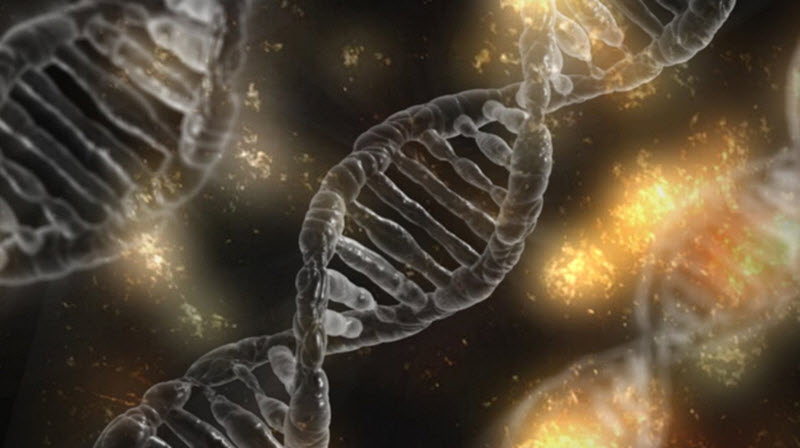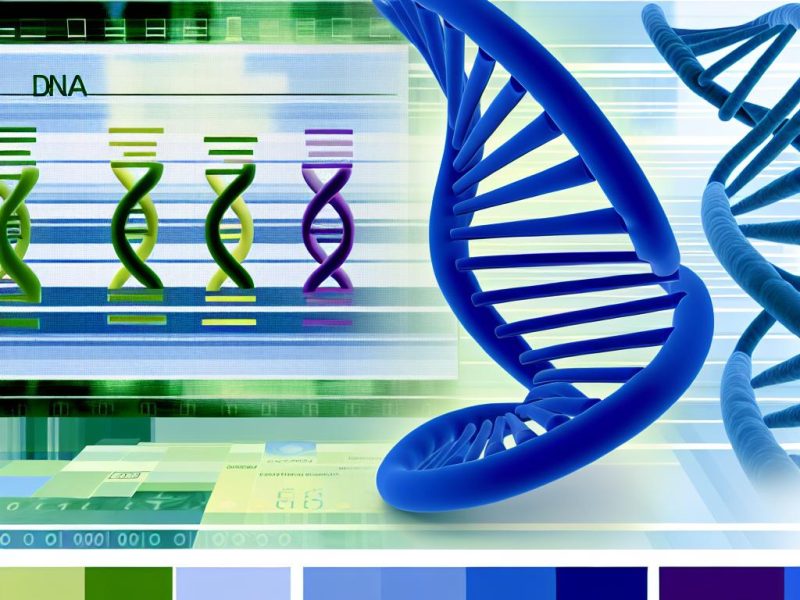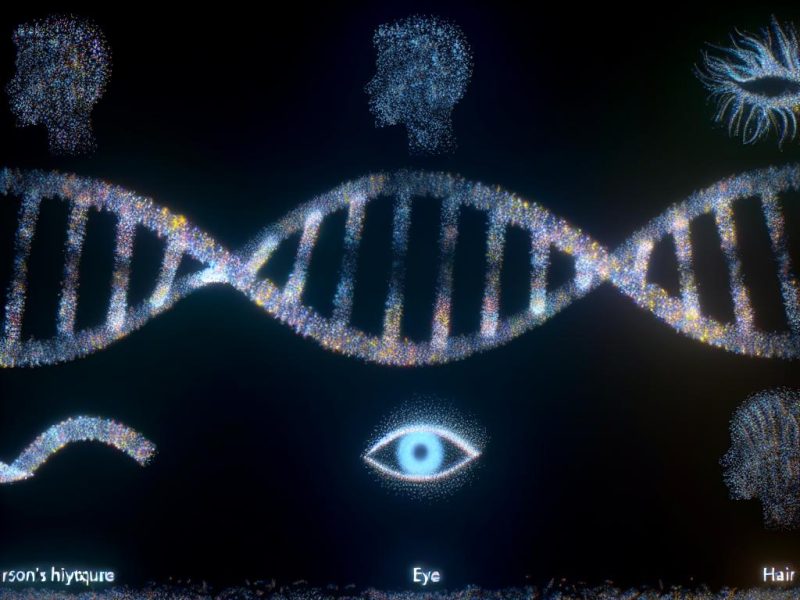When the genomes of 150,000 individuals were scanned, new genes linked to autism and certain other neuro-developmental disorders were identified. The next step will now be to study how these genes impact brain development. Hopefully, we will come to understand more about genetic variation in autism and the possible molecular roots of brain development and neurodiversity.
The results of the study “Rare coding variation provides insight into the genetic architecture and phenotypic context of autism” were published in the 18 August issue of the journal Nature Genetics.
Of the total 150,000 individuals that participated in the study, 20,000 had been diagnosed with autism. The study has revealed 185 genes associated with autism, and many of them for the first time.
“Benefiting from an international collaboration and a massive collection of data, we have identified hundreds of genes that can be pursued in further studies of autism,” said co-senior author Kathryn Roeder, the UPMC Professor of Statistics and Life Sciences in the Department of Statistics & Data Science at Carnegie Mellon University. “With these findings we are beginning to understand how these genes and genetic variations exert their effects during neurodevelopment.”
Highlights
- According to the study, some individuals diagnosed with autism spectrum disorder (ASD) carry functional mutations rarely seen in the general population. The study explored the genes disrupted by these variants from joint analysis of protein-truncating variants (PTVs), missense variants and copy number variants (CNVs) in a cohort of 63,237 individuals.
- The study discovered 72 genes associated with ASD at false discovery rate (FDR) ≤ 0.001 (185 at FDR ≤ 0.05).
- De novo PTVs, damaging missense variants and CNVs represented 57.5%, 21.1% and 8.44% of association evidence, while CNVs conferred greatest relative risk.
Analyzing the exome
The study was carried out with the help of a new data analysis method, one which focuses on the exome part of the genome. The exome is the protein-coding part of the genome.
The researchers analyzed exome sequencing data from the Autism Sequencing Consortium, the Simons Foundation Powering Autism Research initiative and the Lundbeck Foundation Initiative for Integrative Psychiatric Research.
The result was huge amounts of data that could then be analyzed with the help of cloud-based computing, looking for changes that may be associated with autism.
“Resources pooled together by this collaboration allowed us to extract information from genetic data more efficiently and to start teasing apart the relationship between autism and other developmental disabilities, bringing us closer to understanding the fundamental neurobiology of autism,” said co-senior author Bernie Devlin, professor of psychiatry and clinical and translational science at the University of Pittsburgh.
Non-inherited variants
Of the 185 identified genes, many were new and had not been inherited from the parents. Instead of being inherited, they were the result of the loss of one copy of a gene, a change in the spelling of a gene or duplicate copies that could all alter the function of a gene.
Links to other types of neurodiversity
As a part of the study, the researchers compared the newly identified autism variants against a large dataset of 31,000 families in which one child had been diagnosed with some form of developmental delay and/or some other neuro-developmental condition.
Researchers were able to show a significant overlap between the newly identified genes and other conditions (not autism) associated with developmental delay.
Further on, Roeder was able to show that genes linked predominantly to developmental delay tend to be active in early neuronal development, while genes linked predominantly to autism tend to be active in more mature neurons.
Links to schizophrenia
The study found that a subset of genes more strongly tied to autism also show some overlap with genes that an earlier studies linked to schizophrenia. The two conditions autism and schizophrenia may therefore have a shared biological pathway.
Research institutions
In this study, the aforementioned Roeder and Devlin collaborated with researchers from the University of Pittsburgh School of Medicine, the Broad Institute of MIT and Harvard, Icahn School of Medicine at Mount Sinai, and University of California San Francisco.
More information
For more information, visit https://www.nature.com/articles/s41588-022-01104-0 .
Fu, J.M., Satterstrom, F.K., Peng, M. et al. Rare coding variation provides insight into the genetic architecture and phenotypic context of autism. Nat Genet 54, 1320–1331 (2022).



